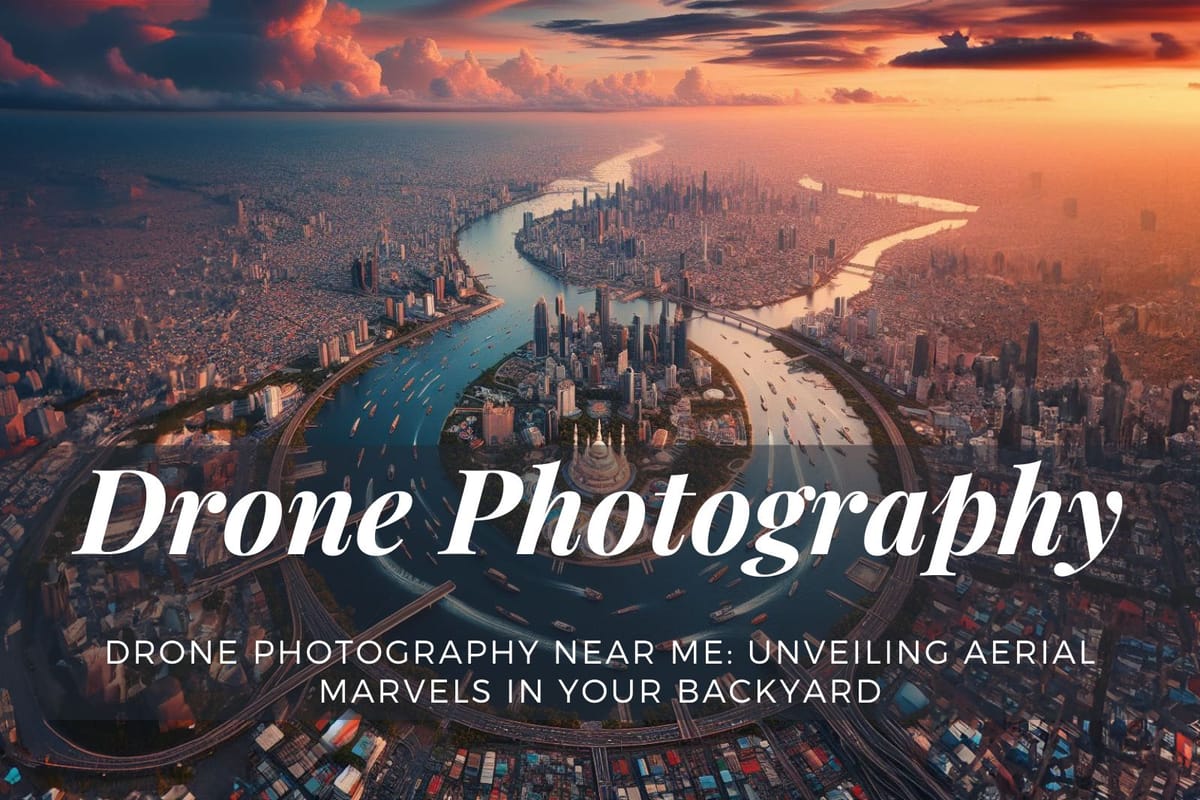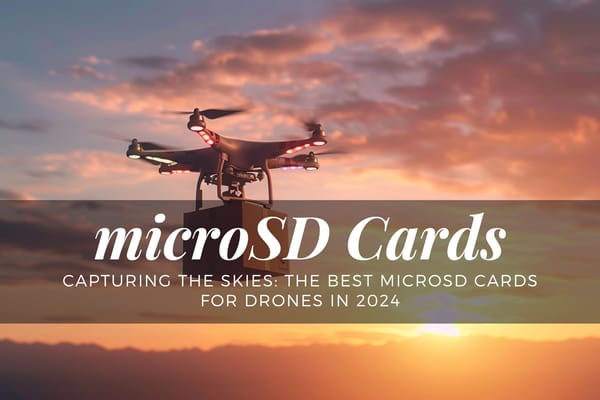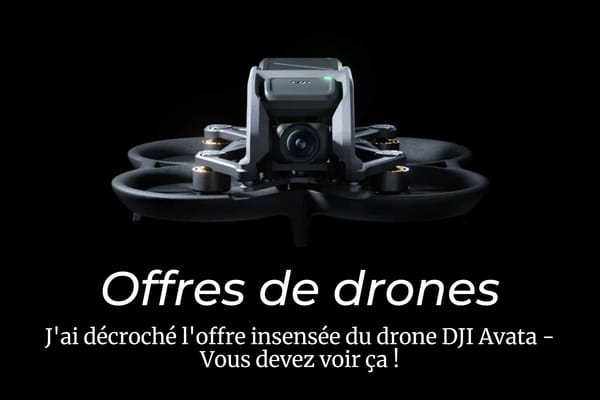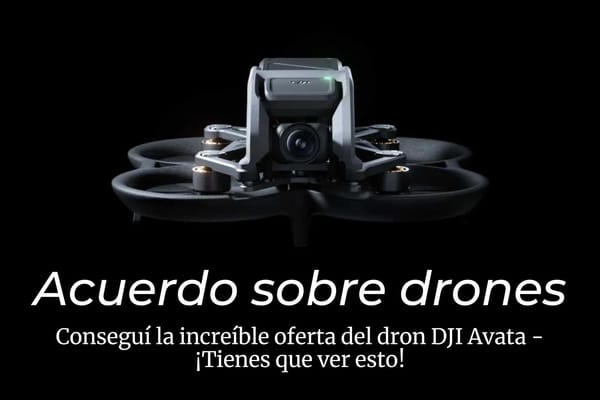Drone Photography Near Me: Unveiling Aerial Marvels in Your Backyard

Drone Photography Near Me
Exploring drone photography near me revolutionized my perspective, offering unique aerial views that ground-based cameras can't match. My research delves into the transformative power of drones, capturing stunning landscapes and intricate details from above. Stay tuned to discover how drone photography can elevate your visual storytelling.
The Evolution and Impact of Aerial Photography
Aerial photography has come a long way since its inception in the mid-19th century. The first known aerial photograph was taken in 1858 by French photographer and balloonist, Gaspar Felix Tournachon, known as "Nadar". Over the years, the methods of capturing aerial images have evolved, from using hot air balloons, kites, pigeons, and rockets, to the modern use of drones.
Over the years, the methods of capturing aerial images have evolved, from using hot air balloons, kites, pigeons, and rockets, to the modern use of drones.
Today, aerial photography is a widespread practice used for a diverse set of commercial, industrial, agricultural, governmental, and private clients.
The advent of drone technology has revolutionized the field, offering a fresh perspective and a level of detail that was previously difficult to achieve.
The Rise of Drone Photography
Drones, also known as unmanned aerial vehicles (UAVs), have brought about a significant shift in the world of photography. They offer a bird's-eye view of the landscape, providing unique and captivating images that ground-level photography simply cannot match.
Drones have not only revolutionized image making but have also transformed various industries. For instance, in real estate, drones provide a more accurate, 360-degree visual representation of a property and its surroundings, capturing all key selling points of the real estate listing.
They deliver dynamic visuals, detailed images across all angles, and even 3D models of the sites and listings.
Moreover, drones are transforming how the vacation industry, real estate agents, and property developers showcase their properties. With aerial photography highlighting a wide variety of angles and views or videography that can be used to create highly detailed virtual tours, drones create immersive media to elevate and transform marketing.
The Challenges and Considerations
Despite the numerous advantages, drone photography also presents certain challenges. For beginners, understanding the regulations around when and where they can fly the drone is crucial.
In most countries, flying requires some level of certification, training, situational awareness, and a lot of practice.
Choosing the right drone based on needs and skills is another important consideration. Most drone cameras offer a level of control that photographers will appreciate, with adjustable exposure settings and HD video.
However, the quality of the images depends on the drone's camera, and while resolution and video quality are improving all the time, they may not match the quality of a dedicated DSLR camera.
In the next part of this article, we will delve deeper into the practical aspects of drone photography, including how to choose the right drone, understanding drone regulations, and tips to improve your drone photography skills.
Practical Aspects of Drone Photography
Planning and Scouting Locations
Before launching a drone, it's crucial to plan and scout the location. Online tools such as Google Maps, Google Earth, or Instagram can be used to get a sense of the terrain, features, and lighting.
Look for interesting patterns, shapes, and colors that could make your aerial shots stand out.
Scouting locations for video production can be a time-consuming and costly process, especially if you need to travel to remote or inaccessible places. However, with the advent of aerial photography and drones, you can explore and capture potential locations from a bird's eye view, saving you time, money, and hassle.
Legal and Regulatory Considerations
Understanding the local laws and regulations for flying a drone is essential. Some areas may require a license, a permit, or a notification to the authorities. Others may be restricted or prohibited for safety, privacy, or environmental reasons. Check the official sources, such as the FAA in the US or the CAA in the UK, and use apps or websites that show you the no-fly zones and the weather conditions.
Equipment and Costs
The cost of drone photography depends on the size and scope of the project. Regular maintenance of drones can be expensive, and the quality of the images depends on the drone's camera. While resolution and video quality are improving all the time, they may not match the quality of a dedicated DSLR camera.
Drone photographers can charge anywhere from $50 to $450 an hour. The amount of money you earn depends on the kind of aerial photography you want to pursue.
Hiring a Drone Photographer
If you're considering hiring a drone photographer, there are several questions you should ask. These include their experience in drone photography and videography, whether they have the necessary licenses and insurance, and what kind of equipment they use. You should also ask about their backup plan if something goes wrong, and how they handle post-production and editing.
In the next part of this article, we will explore the future of drone photography and how it's set to transform various industries.
The Future of Drone Photography
As we look to the future, drone photography is set to continue its upward trajectory, with advancements in technology paving the way for even more exciting possibilities.
Technological Advancements
One of the most significant factors driving the future of drone photography is the rapid pace of technological advancements. Drones are constantly improving in terms of flight capabilities, image quality, and features. Future drones are anticipated to feature cutting-edge imaging technologies, paving the way for unparalleled image quality and the potential inclusion of 3D mapping capabilities.
Over the next few years, it’s expected that the sensors on drones will match the ones on DSLR cameras, resulting in better picture quality. This will not only enhance the visual appeal of drone photography but also its practical applications. For instance, drones equipped with advanced sensors and cameras can be used to gather data, monitor wildlife populations, track changes in land use, and assess the condition of infrastructure.
Regulatory Changes
As drone usage continues to increase, governments worldwide are expected to enact stricter laws to gain better control over their usage. This could mean that drone users may have to license and insure each unit and gain permission to fly. While this may pose challenges for drone photographers, it also underscores the importance of understanding and adhering to local laws and regulations.
New Applications and Opportunities
As businesses and industries continue to embrace the benefits of drone photography, new applications and opportunities are emerging. From delivery services to disaster response and environmental monitoring, drones are set to play an increasingly important role in various sectors.
In the real estate industry, for instance, the integration of drone technology has allowed for enhanced perspectives and a deeper understanding of properties. Future drones with 3D mapping capabilities could allow marketers to create detailed models of properties for sale or lease, offering prospects an immersive experience that goes beyond static images or drone videos.
The Drone Photography Market
The drone photography market is a booming, billion-dollar industry with near unlimited opportunity in the future. Various industries are already taking advantage of the accuracy and efficiency of aerial imaging, boosting profitability and productivity. The demand for drone photography is expected to continue to rise and have a massive impact on global economies, both for commercial and private use.
In conclusion, the future of drone photography is bright, filled with endless possibilities and opportunities. By staying informed, adapting to changes, and harnessing the power of technological advancements, drone photographers can look forward to an exciting and dynamic future in this rapidly evolving field.


